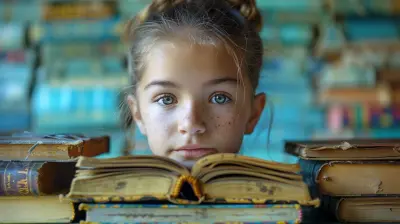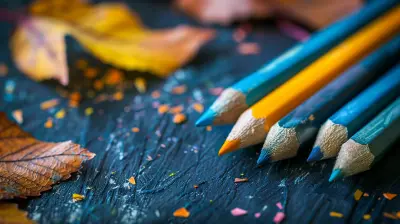How Open Educational Resources Promote Global Collaboration Among Educators
18 August 2025
If you're an educator, student, or just someone interested in how education is evolving, there's no doubt you've heard of Open Educational Resources, or OER for short. These free, openly licensed materials are changing the way we teach, learn, and more importantly—how educators around the world connect with each other.
But how exactly do OER break down borders and build bridges among teachers from different countries, cultures, and contexts?
Let’s dive deep into this.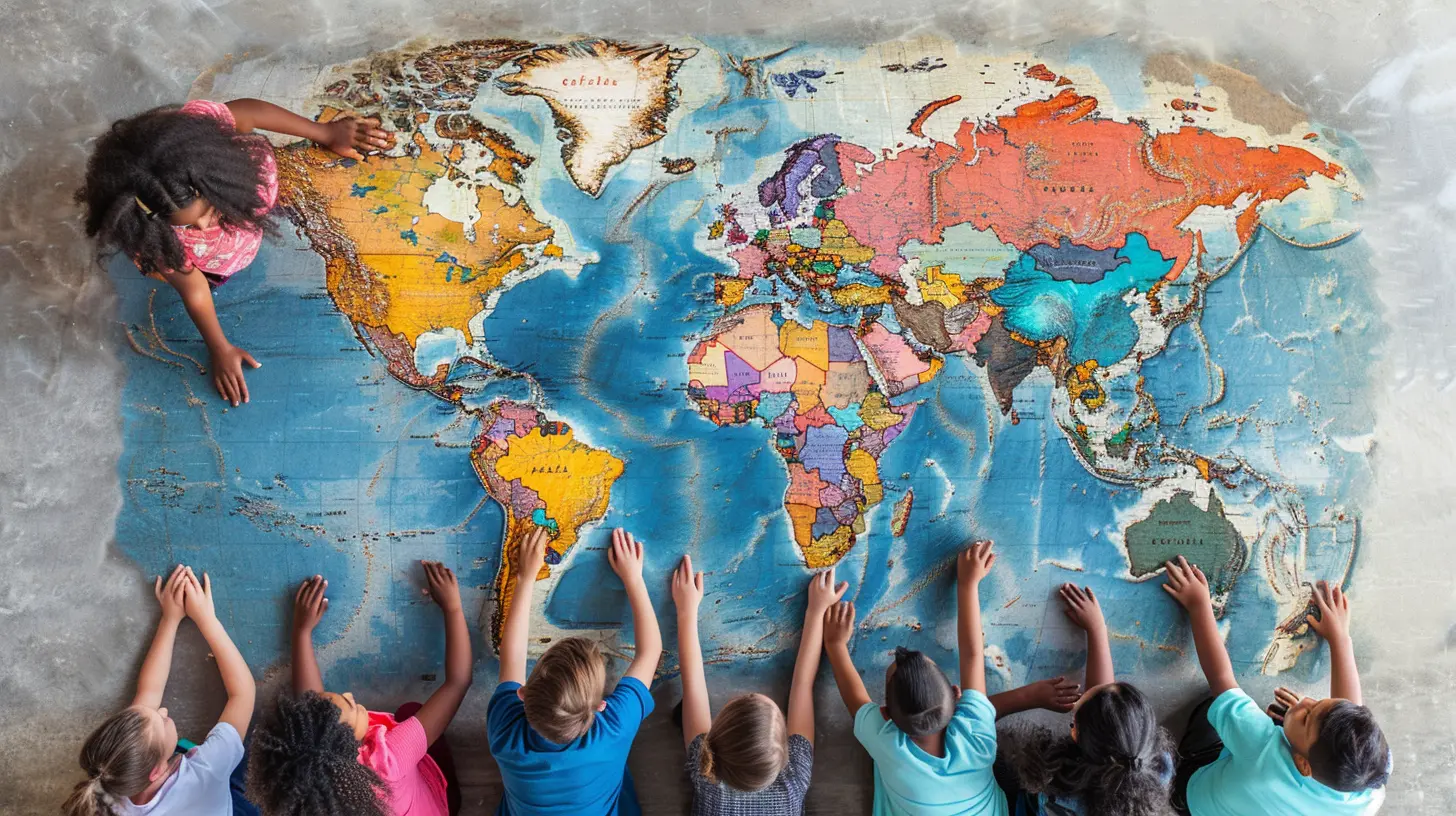
What Are Open Educational Resources (OER)?
Before we go any further—let’s make sure we’re on the same page.Open Educational Resources are teaching, learning, and research materials that are freely available to anyone. They can be textbooks, videos, lesson plans, quizzes—basically anything that supports education—and they come with licenses that allow users to reuse, revise, remix, and redistribute the content.
Think of OER like the open-source version of education. Just as developers collaborate on code in GitHub, educators collaborate on resources through platforms like OER Commons, MERLOT, and OpenStax.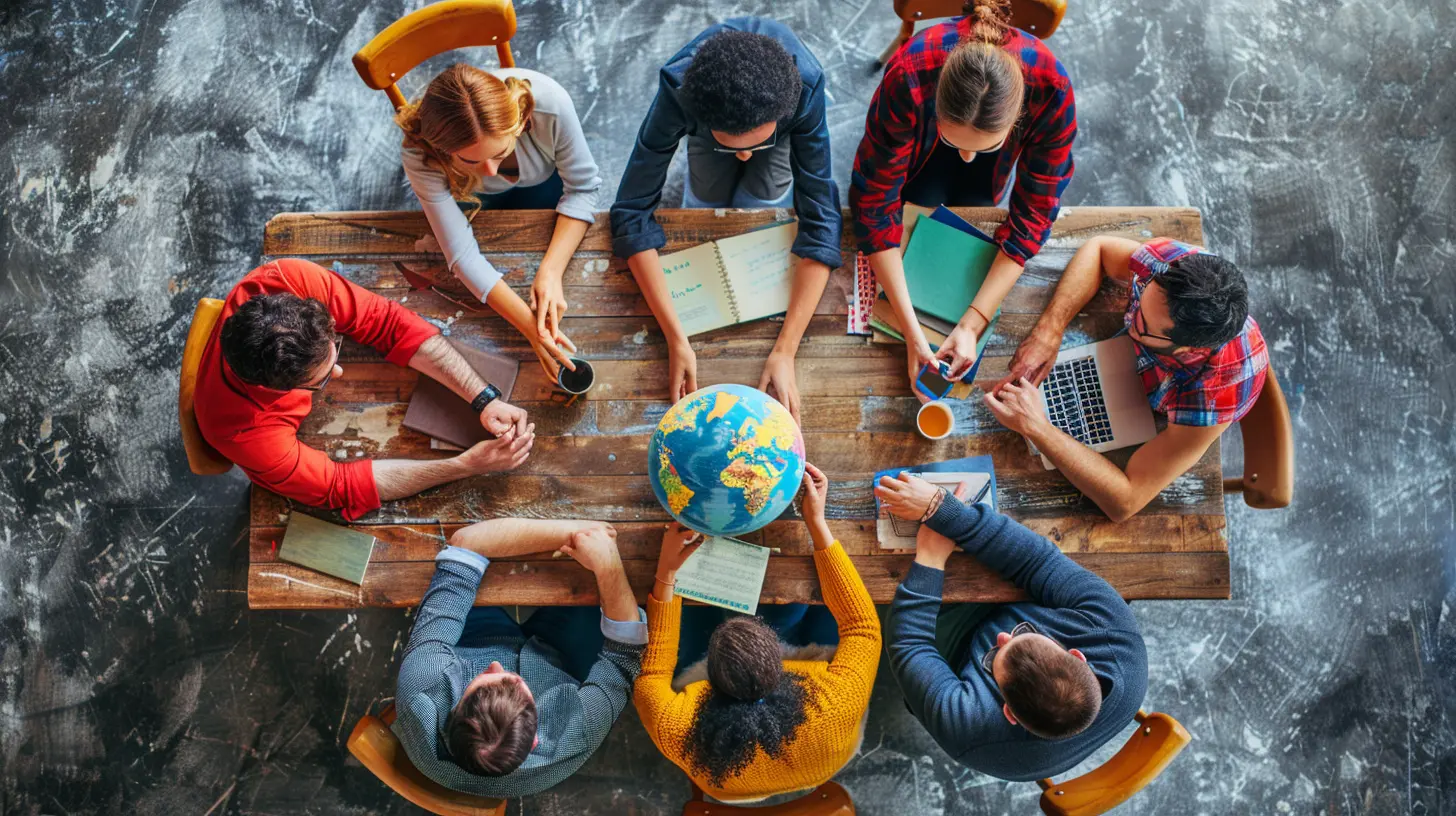
The Power of Free: Why OER Matter
You might be wondering—“Why are we even talking about free resources? Can they really be that impactful?”In short, yes. Let’s face it: not every school has a massive budget. Some educators work in underfunded schools with minimal access to up-to-date textbooks or current teaching resources. OER level the playing field. With just an internet connection, a teacher in rural Kenya can access the same quality resources as someone teaching in New York City.
But the real game changer? These resources are not only free to use—but free to adapt. That’s where the door to collaboration swings wide open.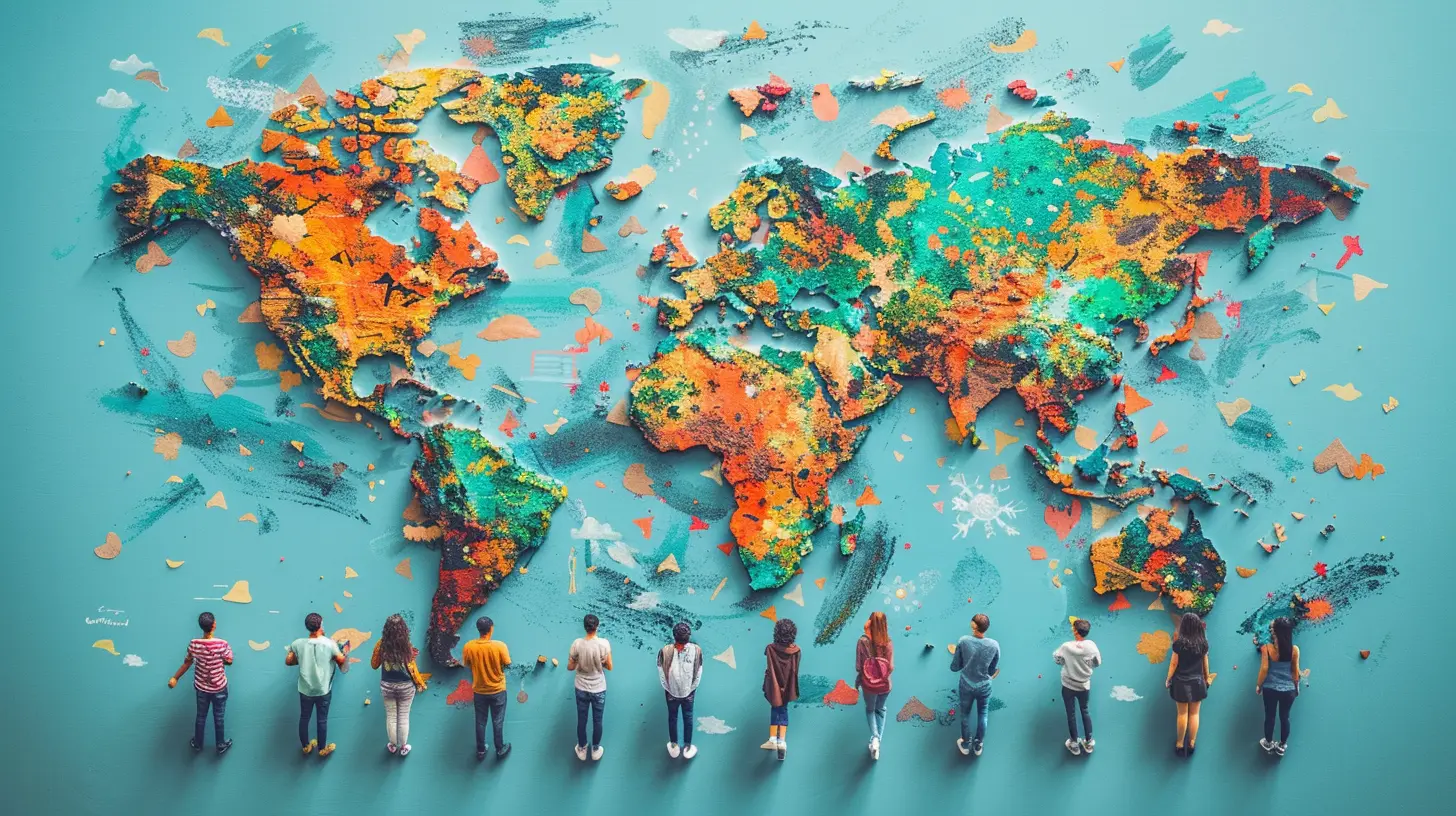
OER: A Global Collaboration Playground
1. Breaking Down Geographic Barriers
Before OER, sharing teaching materials was limited to colleagues in your own school or district. Maybe you’d swap lesson plans in a teacher’s lounge or send a PowerPoint via email. But now? A teacher in Brazil can upload a culturally rich lesson plan about the Amazon rainforest, and a teacher in Canada can adapt it when teaching about ecosystems.The internet has made the world smaller. OER have made it even cozier for educators.
2. Shared Challenges, Shared Solutions
From classroom management to teaching complex topics like climate change or artificial intelligence, teachers around the world face similar challenges. OER platforms allow them to share what works—and just as importantly, what doesn’t.Imagine this: A high school physics teacher in India creates an interactive simulation for Newton's laws. She uploads it as an OER. A teacher in Germany finds it, adds subtitles in German, and uses it in his class. He notices students struggle with one part, so he tweaks the simulation a bit. He then uploads his version.
This real-life "education ping-pong" helps evolve resources in ways one person or team couldn’t possibly achieve alone.
3. Language Isn’t a Wall, It’s a Bridge
Language diversity can be both a challenge and a strength in global collaboration. OER encourages multilingual content creation. Thanks to Creative Commons licenses, resources can legally and freely be translated without needing the original creator’s permission (though giving credit is always a must).This means that a French video lesson on algebra can be translated into Arabic, Spanish, or Swahili by educators who see its value for their own students.
In other words, OER helps educators say, “Hey, here’s something great—let’s make sure everyone can understand it.”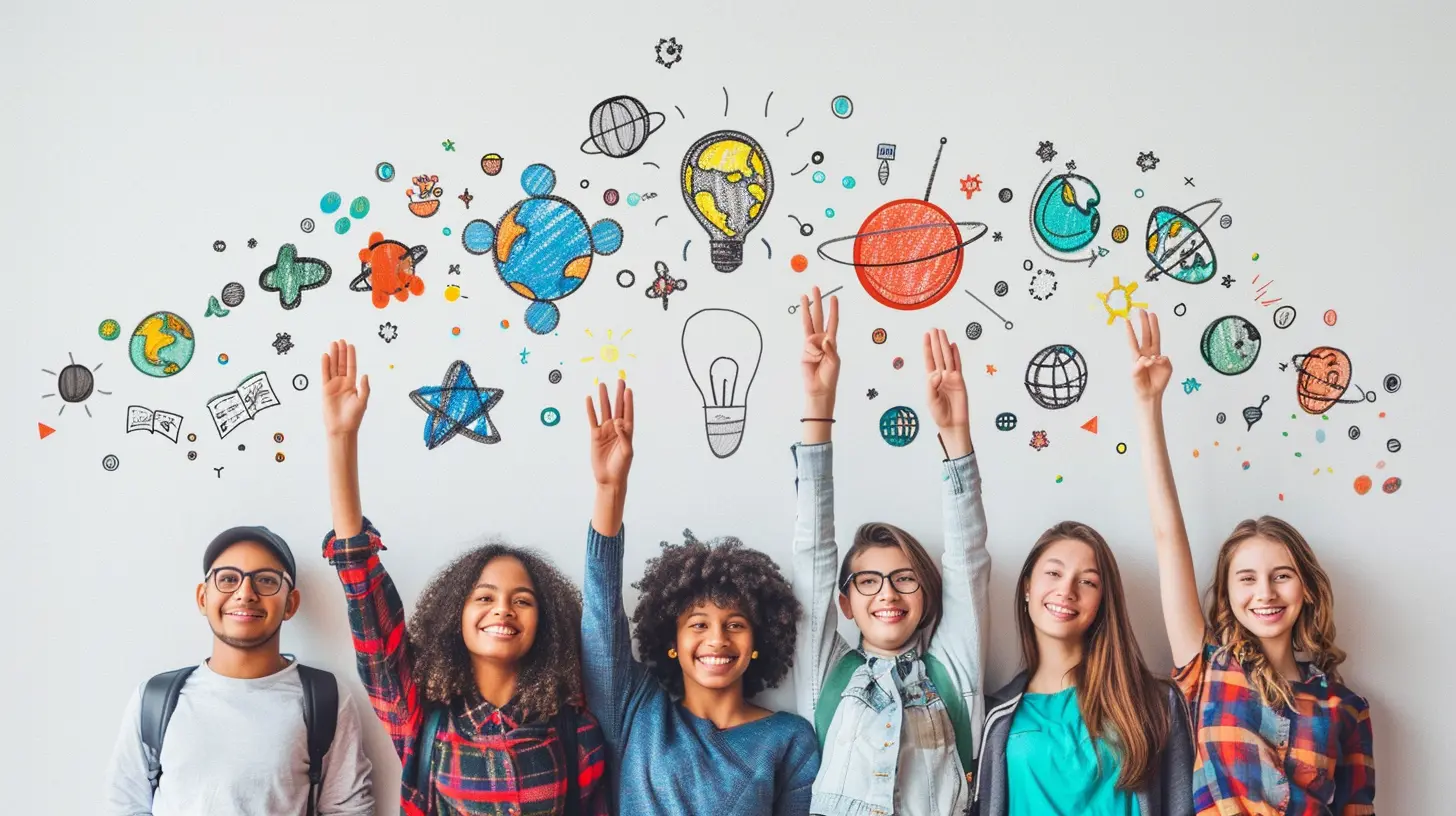
Real-Life Examples of OER in Global Collaboration
Let’s get specific. It’s easy to talk about theory, but how is this actually playing out in the real world?The Global Text Project
This initiative creates open-content textbooks for use in developing nations. These books are written by volunteer authors from around the world and adapted by local educators. The result? A blend of international expertise and local relevance.Wikipedia’s Role in Education
While it isn’t always considered a traditional OER platform, Wikipedia thrives on collaboration. Educators across the globe have students write and edit Wikipedia articles as assignments—a perfect example of collaborative knowledge-building.OpenStax
Based in the U.S. but used worldwide, OpenStax provides free, peer-reviewed, openly licensed textbooks. Educators in various countries customize these textbooks to fit their curriculum, all while sharing new insights and improvements.Professional Development Through OER
Here’s something people often overlook—OER aren’t just for students. Educators use them for their own learning too.Think online courses, webinars, guides, and toolkits—all open, all free. Teachers in Kenya can take a course developed by Harvard educators about inclusive teaching practices. An Australian teacher can watch a webinar hosted by educators in Japan about STEM education.
These interactions foster global camaraderie. It’s like attending an international conference without ever leaving your living room.
Building Communities, Not Just Resources
One of the major ripple effects of OER is the creation of global educator communities.Online Forums and Groups
OER-focused Facebook groups, Reddit communities, and even Slack channels exist where educators collaborate, share, and ask for help. It’s crowd-sourced brilliance.Co-Creation Projects
Organizations like UNESCO and the Commonwealth of Learning host collaborative OER projects, where different countries contribute content tailored to their context. This isn’t just “plug and play”. It’s “you build, I improve, we teach”.Challenges in Global OER Collaboration (And How We Can Solve Them)
Let’s not sugarcoat things. Global collaboration through OER isn’t without its hurdles.1. Digital Divide
Not all educators have equal access to the internet or digital devices. While OER are free, accessing them still requires some level of connectivity.Solution: Initiatives that offer OER in downloadable or offline formats are stepping up. For example, World Possible creates "RACHEL" servers loaded with OER content that can be used without internet.
2. Quality Control
With so many contributors, how do we ensure quality and accuracy?Solution: Peer review systems, user ratings, and version control help maintain standards. Some platforms also assign editors or moderators to vet content.
3. License Confusion
Not all educators understand Creative Commons licenses, which can lead to copyright violations—even when unintentional.Solution: More training and simple guides are needed. Some platforms are already offering license wizards to help users understand what they can and can’t do.
The Future of OER and Educator Collaboration
We’re already seeing the seeds of a global teaching ecosystem, with OER right at the center. As technology continues to advance—think virtual reality classrooms, AI-driven learning paths, and multilingual voice tools—the potential for deeper collaboration grows exponentially.Imagine a world where:
- A robotics lesson built in South Korea is adapted for a village in Ghana
- A student exhibition in France is peer-reviewed by teachers globally
- A shared resource library connects 1 million teachers who improve it continuously
That’s not a dream. That’s the direction we’re heading.
So, What Can You Do?
If you're an educator or work in education, the easiest way to get involved is to start small:- Use OER in your classroom.
- Upload a creative lesson plan you wish others had.
- Join an online OER community.
- Translate a helpful resource into your native language.
- Review and improve a resource someone else created.
Every small action builds a bigger, better, more connected world of education.
Final Thoughts
Open Educational Resources are more than just free teaching aids. They’re keys to unlocking global cooperation, empathy, and innovation in education. By enabling anyone to share, improve, and translate resources, OER are changing the very fabric of how educators work together across borders.So the next time you use a free worksheet or remix a lesson plan you found online—remember, you’re not just using a resource. You’re participating in a worldwide movement.
Pretty cool, right?
all images in this post were generated using AI tools
Category:
Open Educational ResourcesAuthor:

Anita Harmon
Discussion
rate this article
1 comments
Solaria McKeever
Because who needs textbooks, right?
September 15, 2025 at 3:48 AM

Anita Harmon
Textbooks have their place, but open educational resources foster dynamic collaboration and adaptability in teaching!

